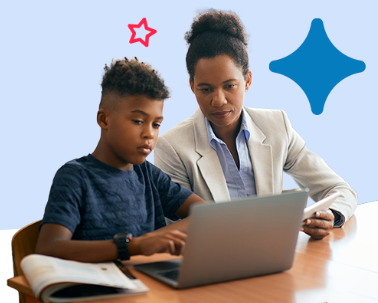Online learning has opened the door to education for millions of students around the world.
From coding to culinary arts, science to creative design, learners can now access quality instruction from anywhere.
But many people wonder—how can you get hands-on experience when you’re learning virtually?
The answer lies in combining digital resources with real-world practice.
With thoughtful planning and the right tools, you can turn online learning into an active, engaging, and hands-on journey.
Why Hands-On Experience Matters
While videos and readings are helpful, applying what you learn through practice helps you:
-
Retain knowledge more effectively
-
Build real-world skills
-
Boost confidence and creativity
-
Prepare for jobs or projects
-
Stay motivated and engaged
No matter what subject you’re studying, combining theory with doing makes learning more meaningful.
1. Choose Courses with Interactive Elements
Not all online courses are the same. Look for programs that offer:
-
Step-by-step projects
-
Practice exercises
-
Virtual labs or simulations
-
Downloadable activities or worksheets
-
Peer review and instructor feedback
Platforms like Coursera, Khan Academy, Udemy, and edX often include these interactive components.
2. Apply What You Learn Immediately
As soon as you finish a lesson or module, apply the concepts in your own environment. This could mean:
-
Writing code in a free editor
-
Cooking a recipe from a lesson
-
Sketching a design by hand
-
Practicing a speech or presentation
-
Solving real-world math problems
Even simple practice builds deeper understanding and muscle memory.
3. Set Up a Personal Practice Space
Design a dedicated area in your home where you can apply what you’re learning. This doesn’t have to be a full workshop or studio—just a small, clean space where you can focus.
Example setups:
-
A kitchen counter for culinary training
-
A desk with basic tools for electronics or crafts
-
A quiet space with a notebook and laptop for writing or programming
The more comfortable and accessible your space, the more likely you are to use it consistently.
4. Use Free Tools and Kits
There are many online and affordable resources that support hands-on learning:
-
Coding sandboxes like Replit or Glitch
-
Science kits available for home use
-
DIY craft supplies for art and design projects
-
Practice apps for language learning or math
-
Music software for composing or mixing
You don’t need expensive gear—just simple tools that help bring learning to life.
5. Join Online Communities and Projects
Hands-on learning is even better when shared with others. Join forums, clubs, or communities where learners:
-
Share their projects
-
Ask for feedback
-
Collaborate on challenges
-
Exchange ideas and inspiration
Some popular platforms include Reddit, Discord groups, and course-based community pages.
6. Take on Small Real-World Tasks
Try using your skills to solve real problems or complete small tasks:
-
Build a simple website for a family member
-
Repair something around the house
-
Organize a virtual event
-
Create a short presentation or tutorial
-
Design a logo or flyer for a school project or nonprofit
These mini-projects build confidence and reinforce your learning in a meaningful way.
Final Thoughts
Hands-on experience is absolutely possible with online learning—it just takes a little creativity and planning. By actively practicing what you learn, engaging with communities, and creating your own projects, you can gain real-world skills right from home. Whether you’re studying a trade, a creative subject, or a technical skill, putting knowledge into action will help you grow faster and feel more accomplished.






